SEO for a New Website: 8 Important Steps
Here are all the steps you should take: It’s easy to overcomplicate the process of choosing a domain. But choosing a branded domain that is short and memorable works better in most cases than trying to shoehorn certain keywords...
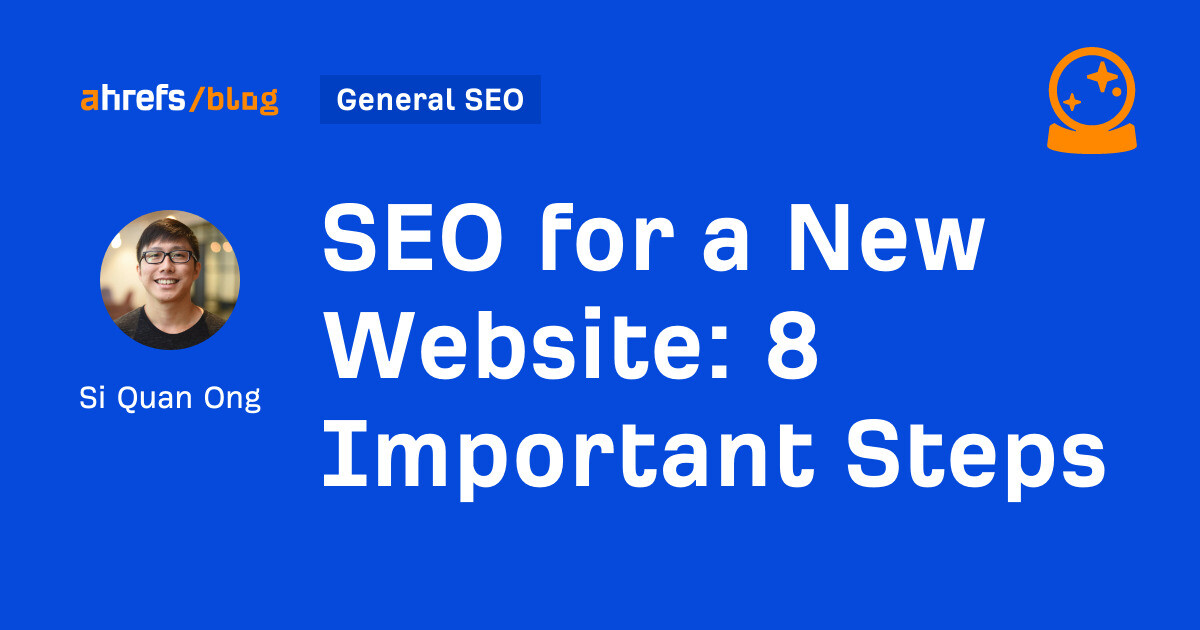
There’s no better time to make sure your website is SEO-friendly than when you’re building it. Here are all the steps you should take: It’s easy to overcomplicate the process of choosing a domain. But choosing a branded domain that is short and memorable works better in most cases than trying to shoehorn certain keywords into your domain name. So if you already have one, go ahead with it. Or if you’re setting one up for your business, your business name works fine too. When it comes to the top-level domain (TLD), for example, .com, Google has said that the TLD makes no difference for SEO. So we treat all of the New Top-level Domains like any other generic top-level domain. There’s no need to rack your brain over this. .com works fine in most cases, as it’s internationally recognizable. Once you’ve decided on a domain name, head over to a domain registrar—like Google Domains or Namecheap—to see if it’s available. If it isn’t available, you will need to repeat the process until you find a name that is both available and works for your business. Website platforms let you create and manage a website easily. There are two types: Most SEOs recommend WordPress—a self-hosted, open-source platform. SEOs prefer it because it’s customizable—you can edit the code however you like. But that doesn’t mean you have to be technical to use WordPress. There are millions of plugins you can install that do all sorts of tasks for you. These include SEO plugins too. You don’t have to know how to code in order to use WordPress. If you’re using a self-hosted solution, like WordPress.org, you’ll need a web host. We don’t have a particular one to recommend. But as you’re considering your options, look out for the three S’s: You now have a basic website you can configure to become SEO-friendly. Here’s what you should do next: You’ll need GSC to do a bunch of important SEO tasks, like finding technical errors on your website, submitting sitemaps, and more. Setting it up is pretty easy. Sign in to GSC with your Google account. You should see this “welcome” screen: Choose Domain and enter your domain. You’ll then be prompted to verify your domain. Google has explicit step-by-step instructions on how to do this: If you’re stuck or unsure, you can check out Google’s help article. Once that is done, you’ll be able to use GSC and see your search analytics. (You won’t have any data for now since it’s new.) While GSC is irreplaceable for anyone serious about SEO, it is still lacking in some areas. For example, it only offers some data about the keywords your website ranks for and the sites that link to you. To compensate for the lacking areas, you should set up Ahrefs Webmaster Tools (AWT). It’s free and allows you to: And more. To use AWT, create a free account. Then add and verify your website. You can use your GSC account to verify too. It should be easy for visitors and search engines to find content on your site. You’ll need a logical hierarchy for your content, which you can sketch out using a mind map: Each brand on the mind map represents an internal link, which is a link from one page on a website to another page. Internal links are crucial for your website because: Our recommendation is to go for something that’s clear and descriptive, so something like website.com/seo-for-new-website/. A positive user experience is important for your business and Google too. You’ll want to make sure you have these things covered: Nobody wants their personal data leaked to hackers. You’ll want to encrypt your site with SSL/TLS. Most decent web hosts should be able to offer this service, or you should be able to enable it yourself with one click. After that, you should see the padlock on your URLs. Here’s what it looks like in Google Chrome: Most people search on mobile these days. Your website should be responsive and work on all devices. You can check this easily using Developer Tools on Google Chrome: From here, you’ll be able to select the exact device you want to test for: Interstitials are full-screen ads that appear before a webpage’s content is loaded. Nobody likes them. Neither does Google. If there’s no need for such pop-ups on your website, avoid them. Page speed is a Google ranking factor. So it’s definitely important to spend some time making sure your site loads quickly. You can use a tool like PageSpeed Insights to check your page’s performance. You can’t get organic traffic if no one’s searching for a particular topic. That’s why the first step of any SEO strategy is to find out what your target audience is searching for. This is known as keyword research. The easiest way to begin is to use a keyword research tool. Keyword tools are databases of words and phrases with SEO metrics. They show you a list of ideas based on the seed keyword idea you’ve entered. For example, you can get started with a free keyword research tool like Ahrefs’ Keyword Generator. Enter a single relevant topic and you’ll get up to a hundred keywords back: If you’re looking for more keywords, you can use a professional keyword tool like Ahrefs’ Keywords Explorer. You’ll be able to see the full range of potential topics, plus: For example, using the same seed keyword as above, “coffee,” Keywords Explorer shows us over 3 million keywords. But that’s too many. So, let’s drill down by focusing on keywords that we can actually compete with. We can do this by adding a Keyword Difficulty (KD) filter. We’ll also want to make sure these keywords can send us search traffic, so we’ll want to add a Traffic Potential (TP) filter. Here’s what that looks like: From here, you’ll want to look through the list, pick out those keywords that are relevant, and add them to a keyword list that you can reference. (This can be a simple Google Sheet.) Just like how product managers design products for their target users, we want to do the same for our content too. In this case, we want to create content that appeals to people searching for our topic. Here’s how to do it: Search intent is the why behind a search query. In other words, why is the searcher looking for that particular topic? Knowing search intent is important because: As a result, by aligning your content with search intent, you can rank higher on Google. We can identify search intent by looking at the top-ranking pages for your topic and figuring out the three Cs: For example, let’s say we’re targeting the keyword “how to clean coffee maker.” If we take a look at the SERP overview in Ahrefs… … we can see these: If we want to rank for this keyword, we’ll have to create a how-to guide on cleaning a coffee maker, with a specific angle targeting a unique know-how we have. A product manager may have an idea of what their target users want to see, but they won’t want to assume that they know everything. The same goes for your content too—you won’t want to miss potential subtopics that searchers expect in a piece of content tackling that topic. In this case, we can actually find that out by looking for common keyword rankings among top-ranking pages. Here’s how: This opens up the Content Gap report, which shows all the keywords these pages are ranking for. We’ll want to select the Intersection dropdown and choose the highest two targets (in this example, 4 and 5). You can see that many of these keywords map to subtopics too. For example, searchers want to know: While you want to be inspired by the current top-ranking pages, your goal is not to “copy” everything that’s already on there. After all, if your content is exactly like everyone else’s, there’s no reason to consume yours particularly. So you’ll want to give your audience a reason to read, share, or link to your content. The best way to do this is to make sure your content is unique. Here’s how you can create something unique: Your content should be an effortless reading experience for your readers. Follow these tips: On-page SEO focuses on helping Google and searchers better understand and digest your content. Follow these basics: Just because you’ve created your website doesn’t mean people magically discover it. You have to tell others about your new website. Here are some starting tips for promoting your website: The above tips look deceptively simple, but they will help to get the word out about your website. There are more ideas to try, of course, but making sure you’re actually promoting your website is more important than the shiny new tactics you can find. You’ll want to monitor your results so you can figure out what went right or wrong. The easiest way to do this is to add the keywords you’re targeting to Ahrefs’ Rank Tracker. The tool will track your website’s ranking positions for all the keywords you’ve added. This way, you can easily see how well you’re performing across multiple keywords, and whether you need to make any adjustments to your content. SEO isn’t a set-it-and-forget-it task. But if you follow the above process, you’ll start to get a consistent flow of organic traffic to your site. Any questions or comments? Let me know on Twitter. 
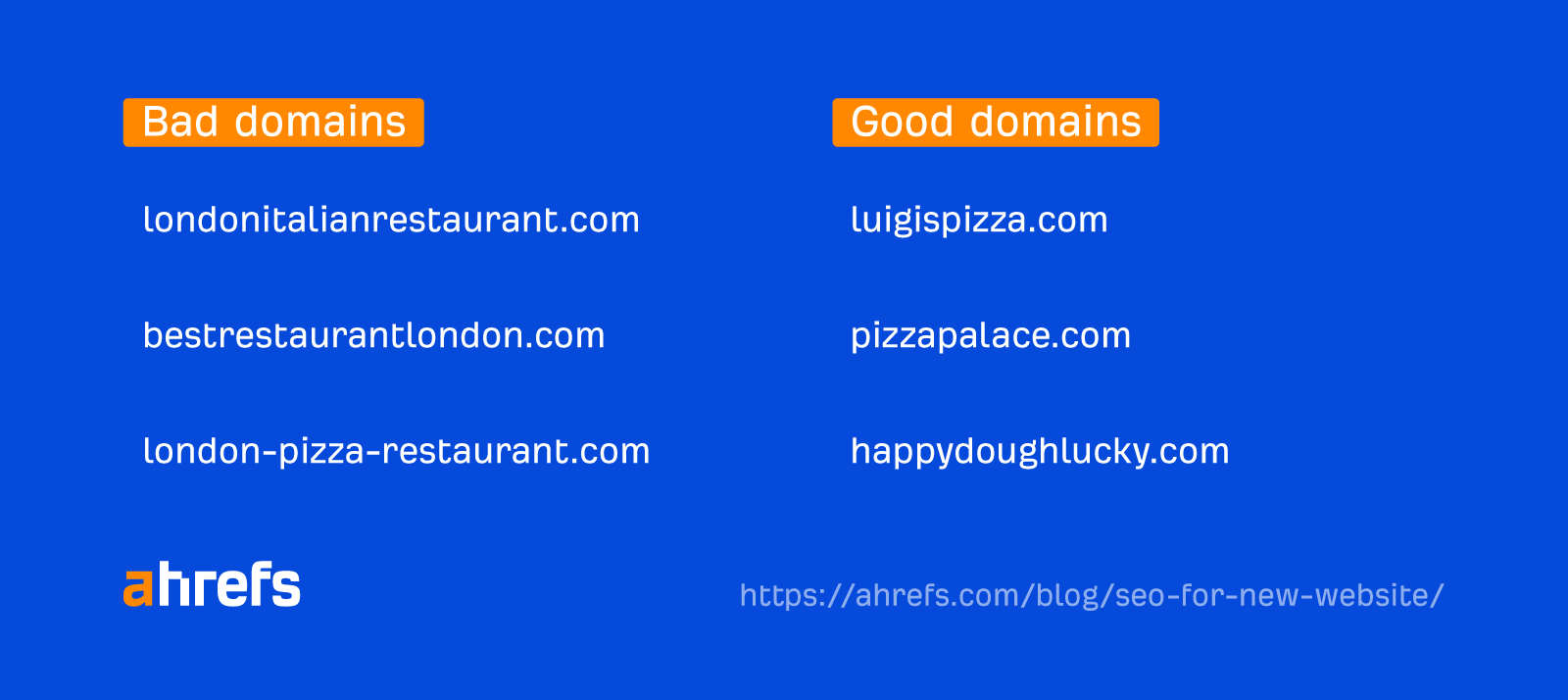

Set up Google Search Console and Ahrefs Webmaster Tools
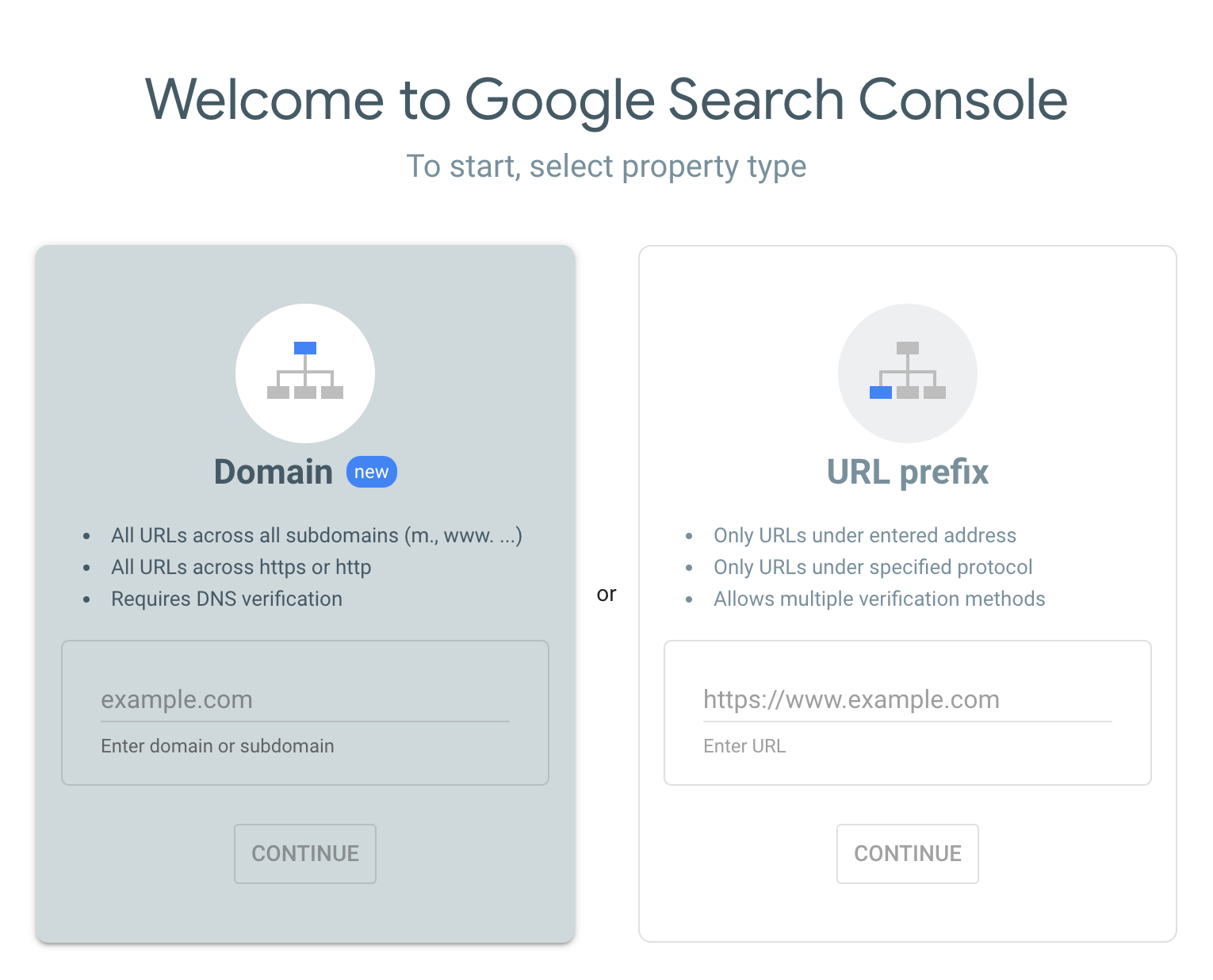
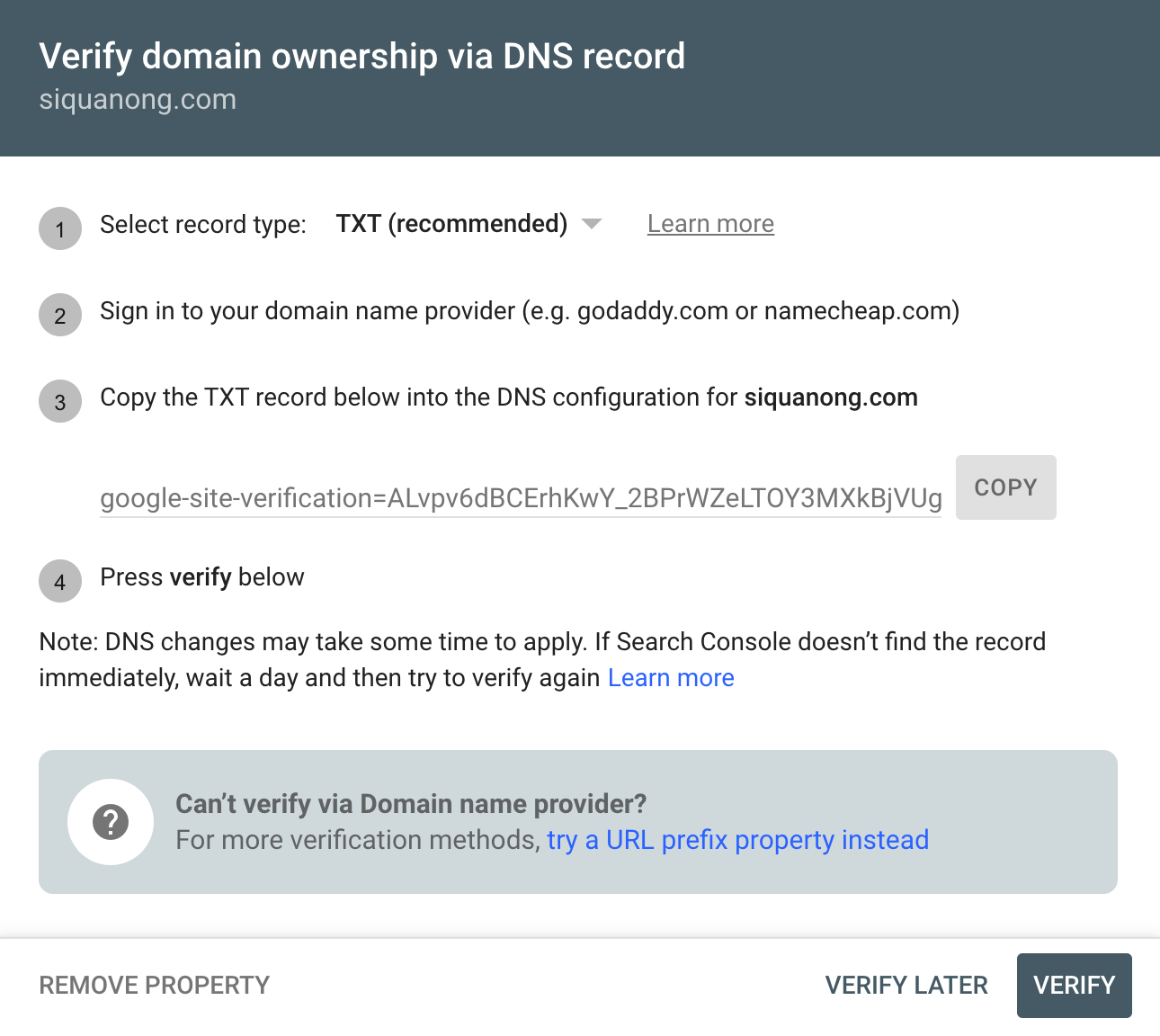 Verifying domain ownership via TXT in GSC.
Verifying domain ownership via TXT in GSC. Verifying domain ownership via CNAME in GSC.
Verifying domain ownership via CNAME in GSC.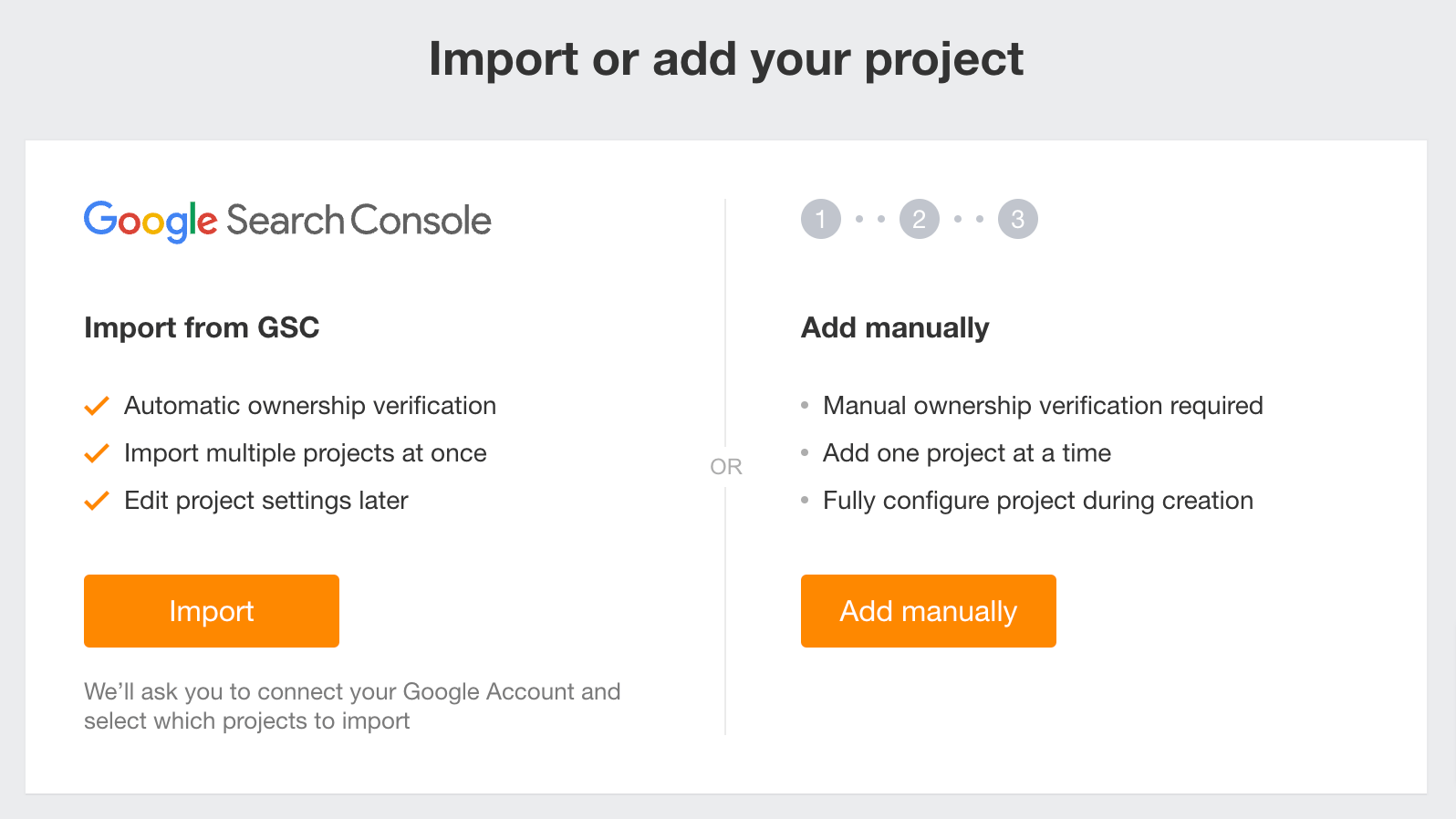
Create a logical site structure
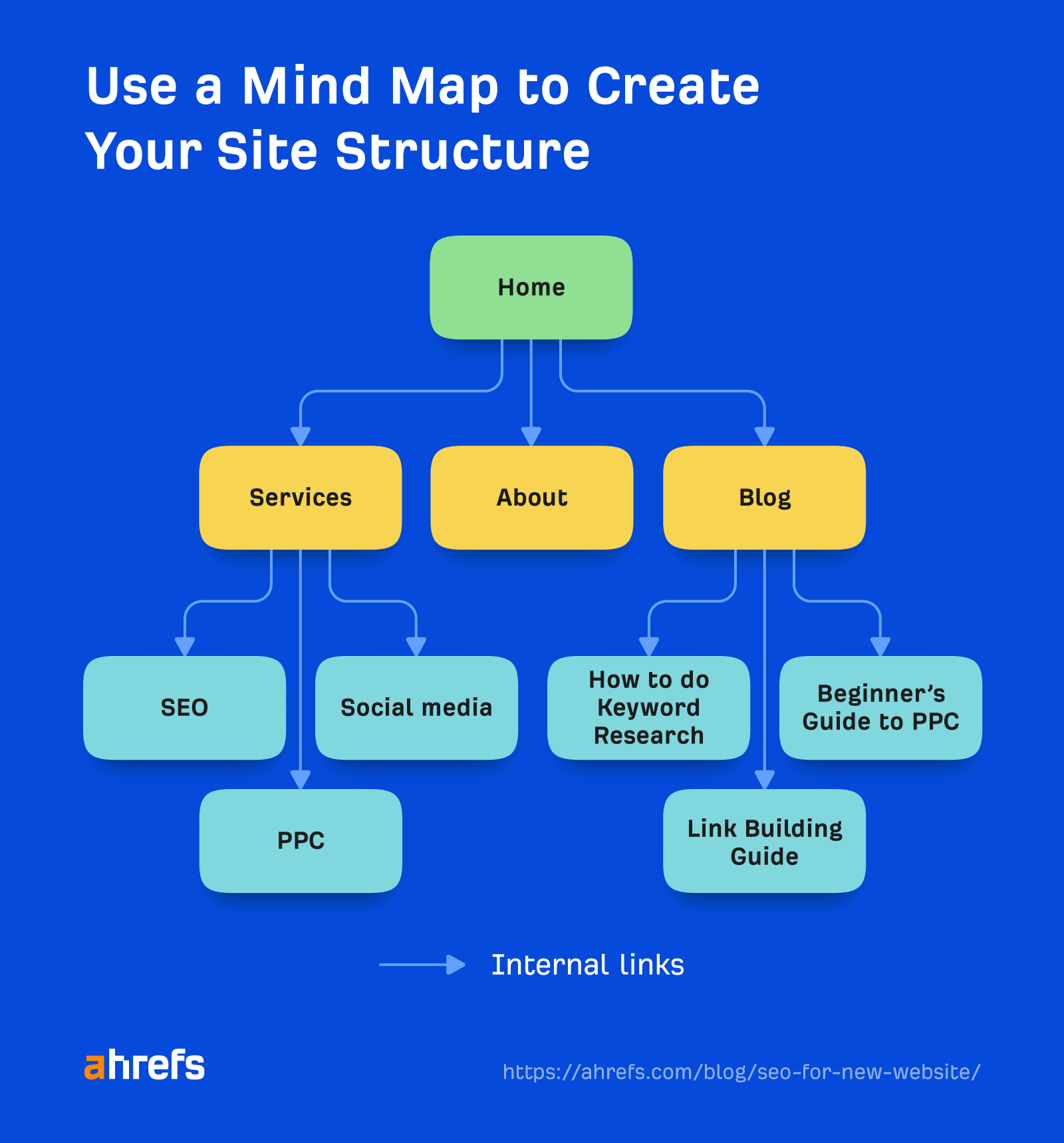
Use a logical URL structure
Other technical considerations
Use HTTPS

Make sure your site is mobile-friendly


Avoid intrusive interstitials
Make sure your site loads fast
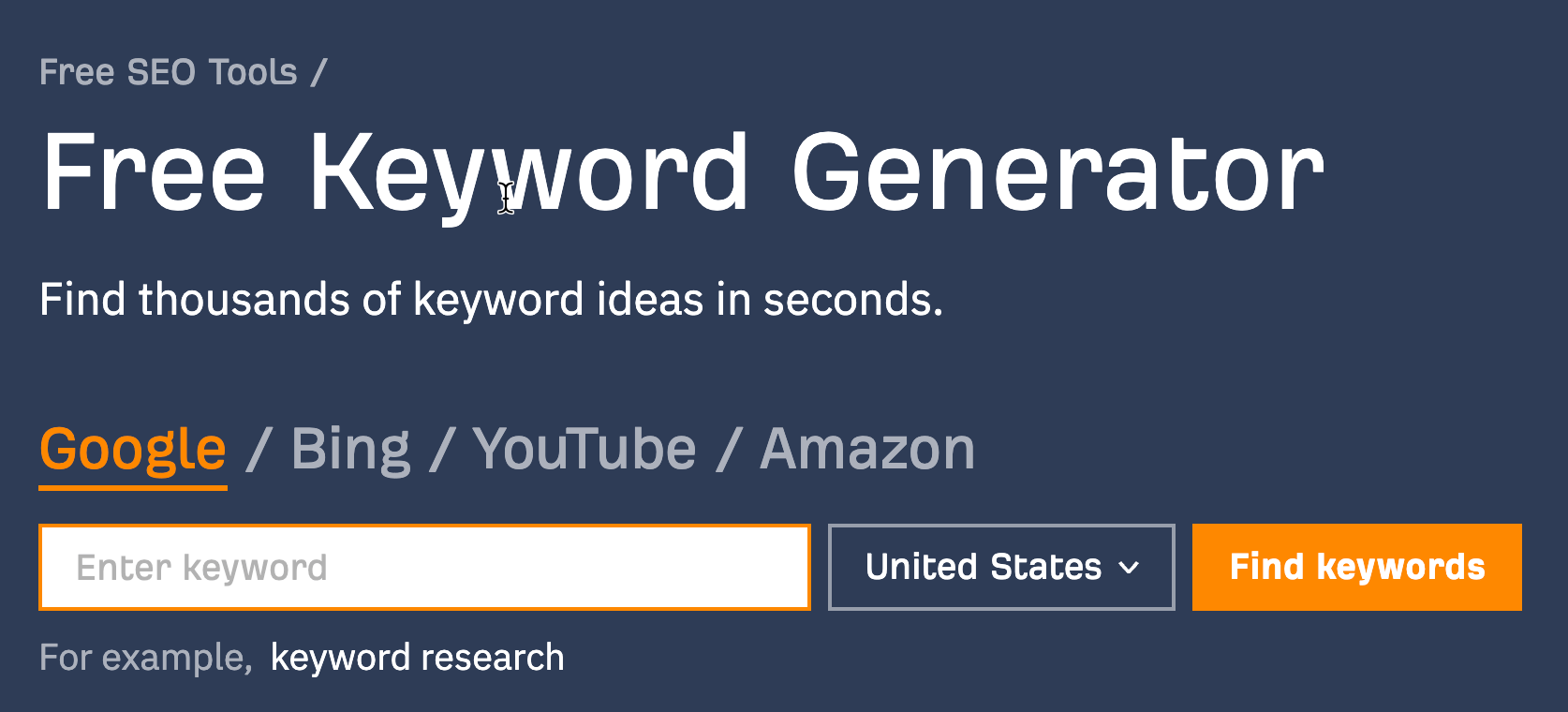


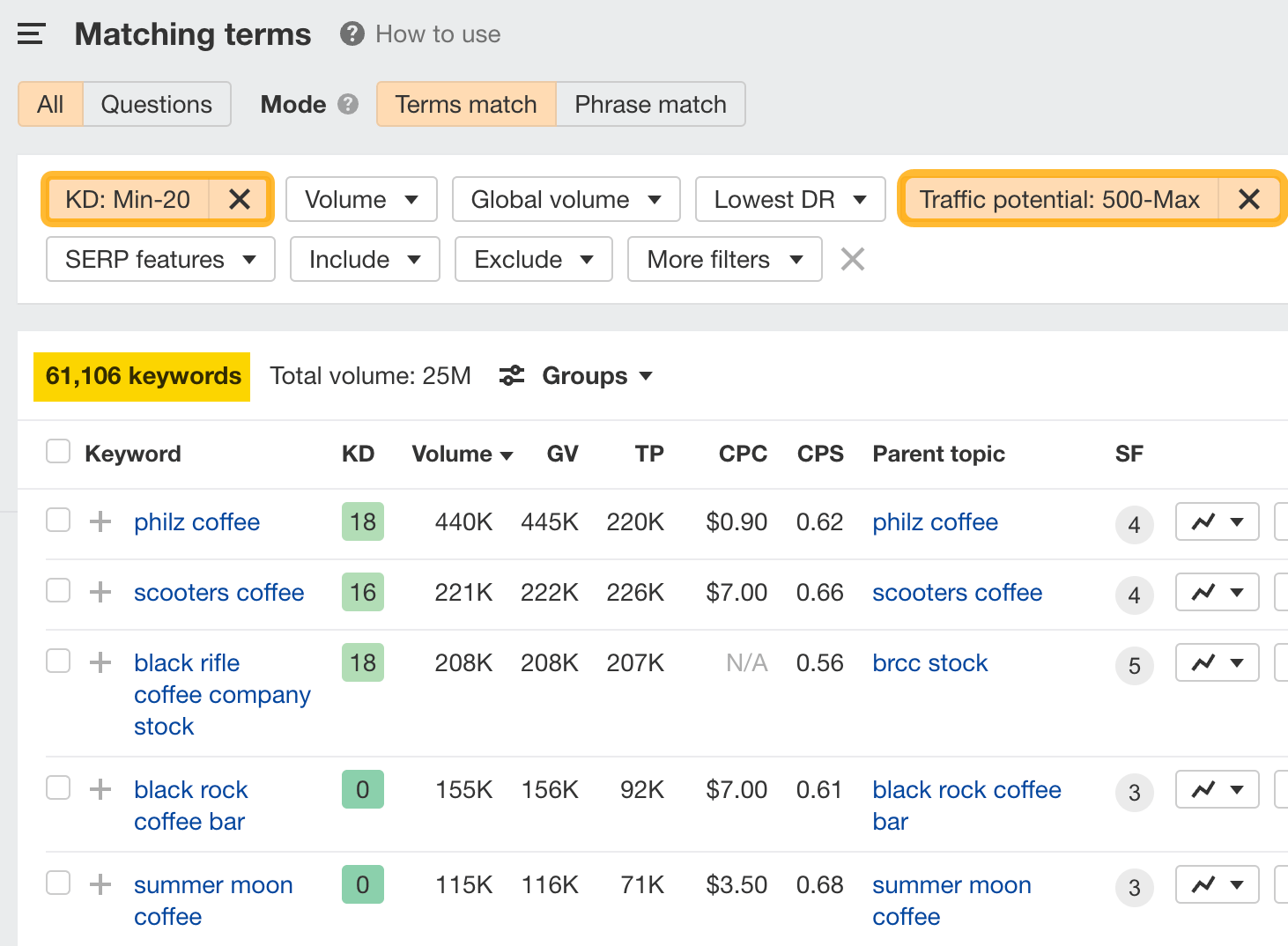
Analyze search intent
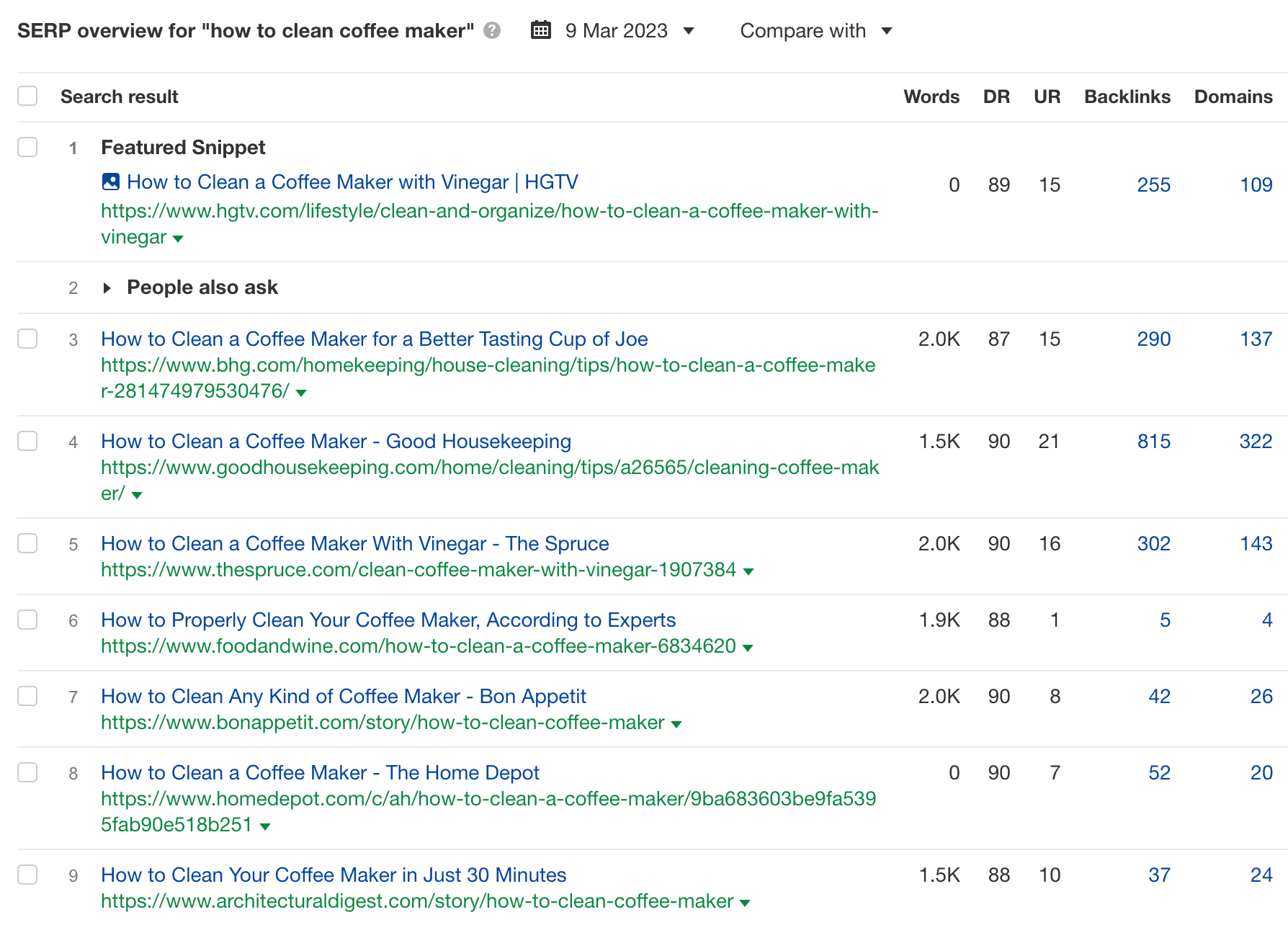
Cover important subtopics
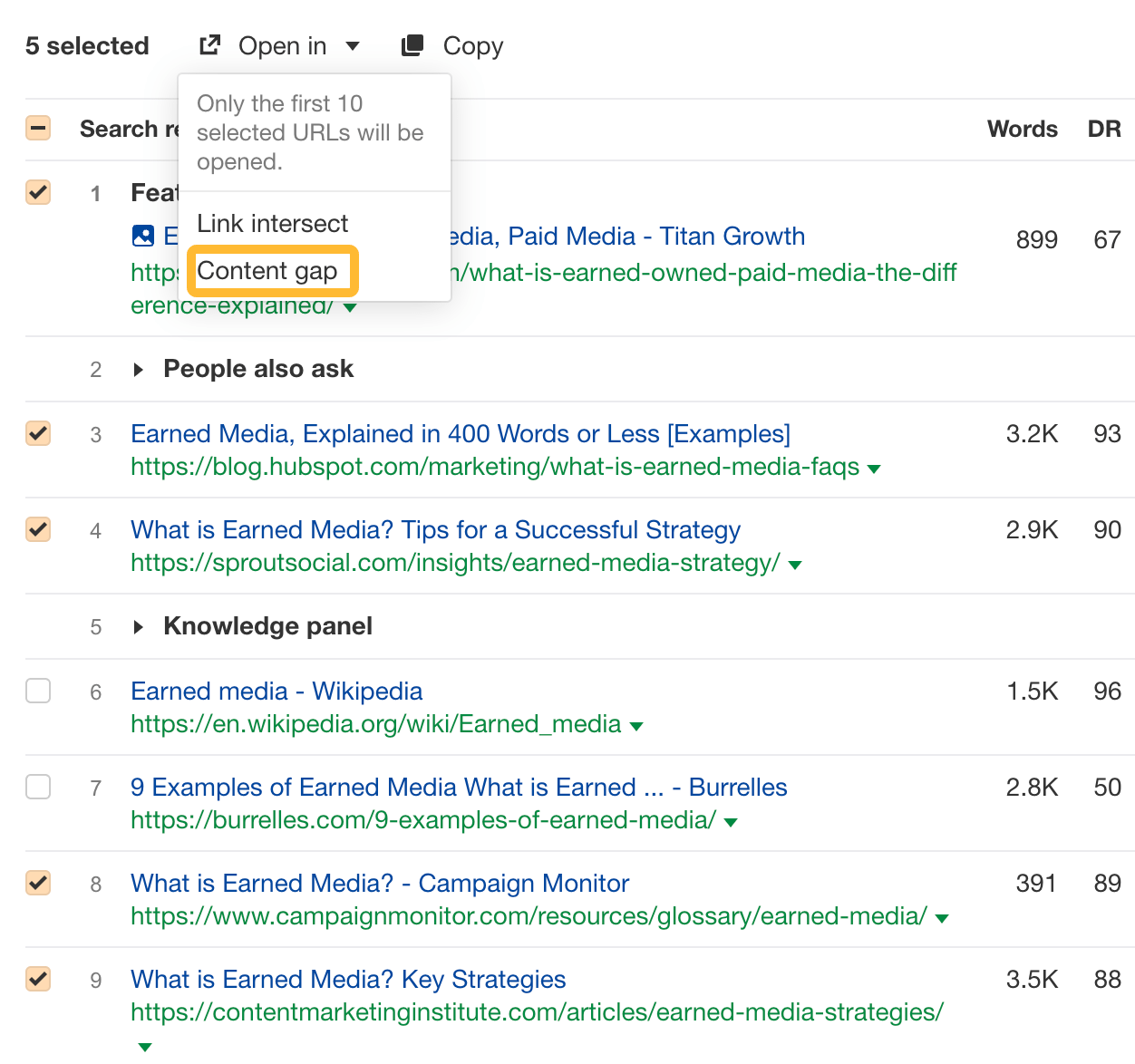
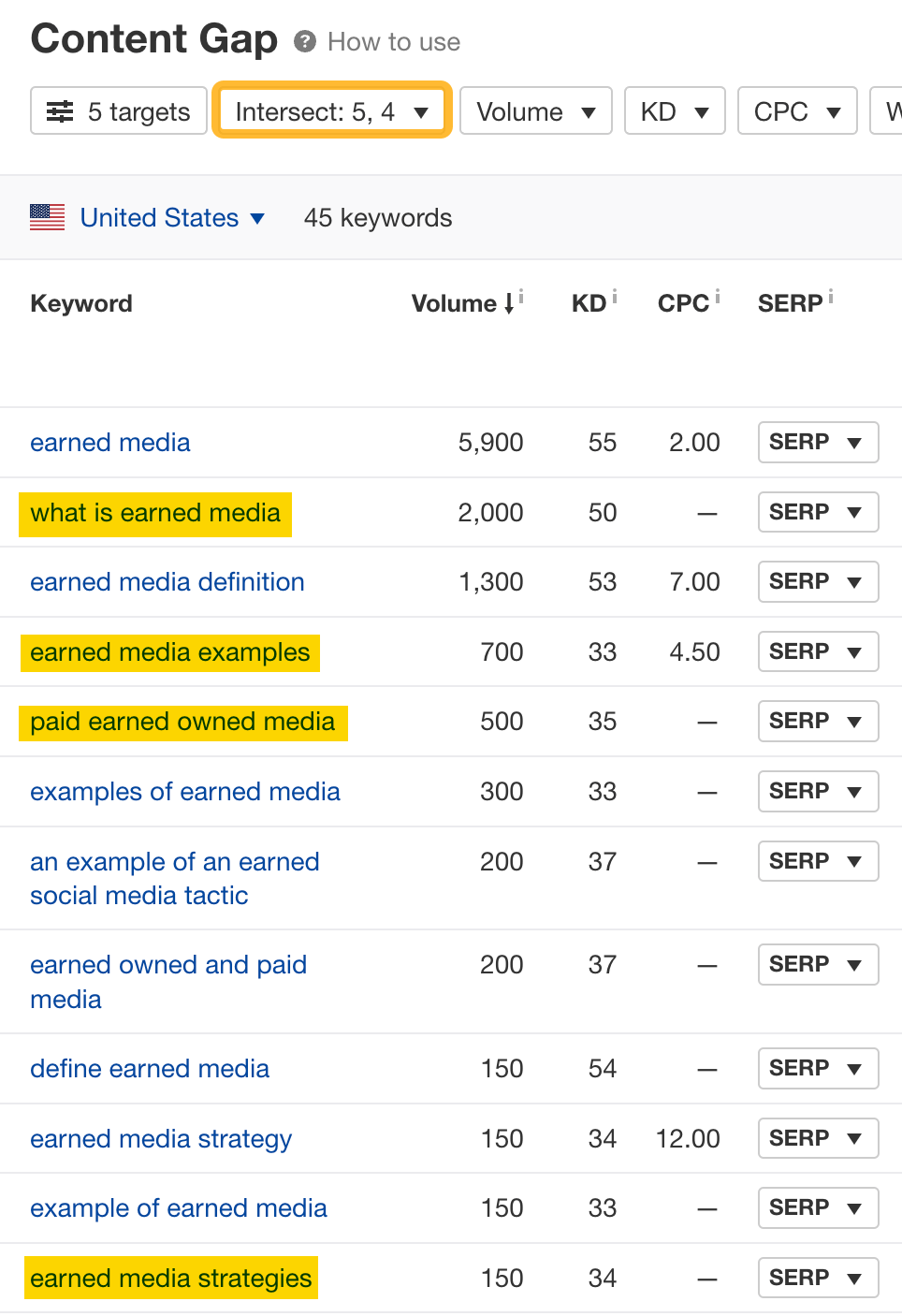
Make it unique
Make your content easy to read
Add your on-page SEO
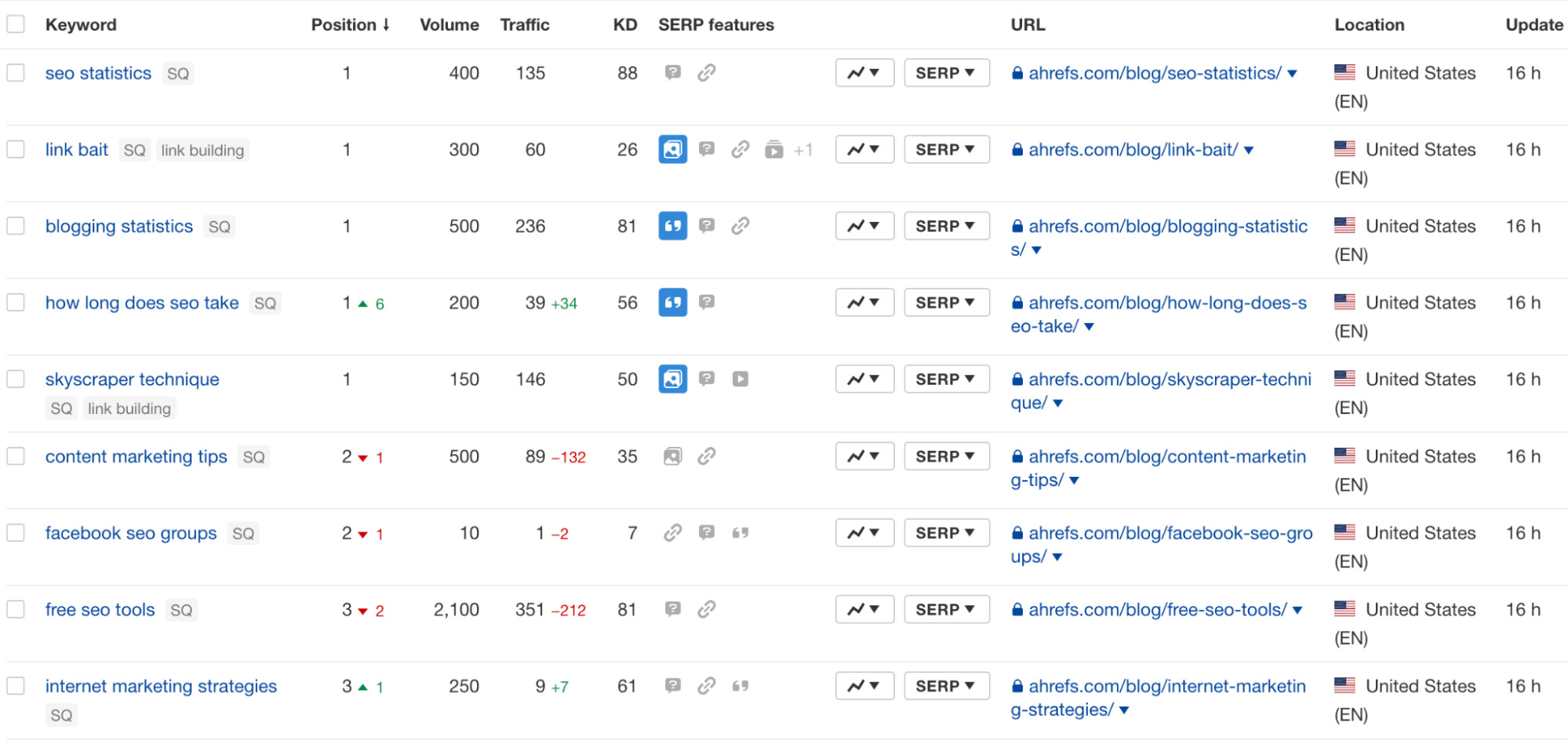
Final thoughts

 UsenB
UsenB 







![What’s A Good Google Ads CTR/CPC/CPA In 2022? [STUDY] via @sejournal, @brookeosmundson](https://cdn.searchenginejournal.com/wp-content/uploads/2022/02/whats-a-good-google-ads-ctr_cpc_cpa-in-2022-621888e74e6dd-sej.png)
























